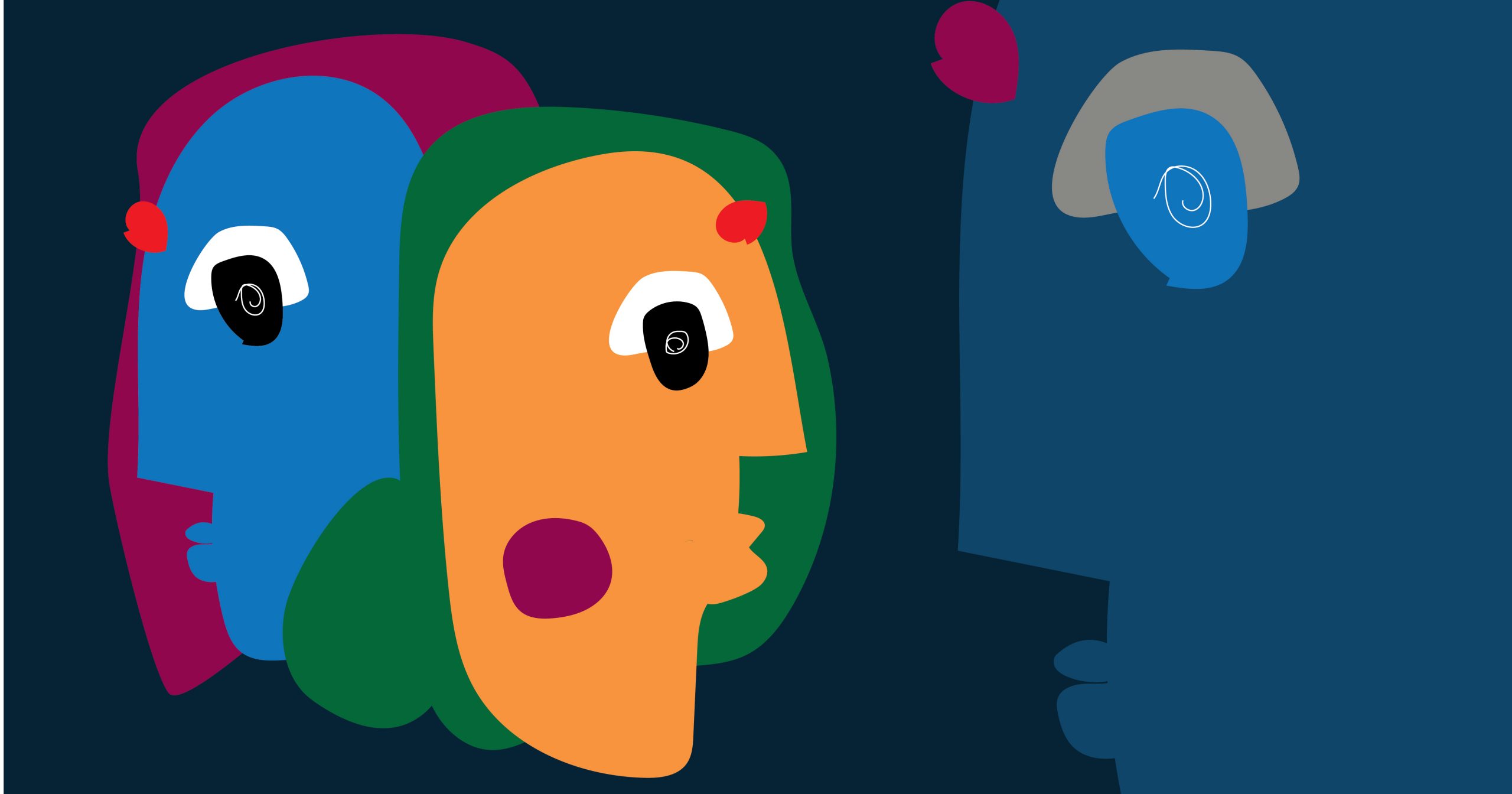Sometimes, in the middle of the day when the sun is blazing in the sky like a fiery, molten brooch and the birds are screaming their joy to the wind, sadness can creep up on someone and coil around them like poisonous ivy, choking all the happiness out of them and replacing it with sadness. The term, ‘summer blues’ has an actual medical term. It is called ‘Seasonal Affective Disorder’ which rather ironically abbreviates to SAD. As infuriating as the condition is, one must first understand what SAD is before figuring out how to heal from it.

Seasonal Affective Disorder, commonly known as winter or summer blues is triggered by a change in the seasons.People tend to feel sadder as the weather changes from bright and happy summer to gloomy and dreary autumn, or alternatively, as temperatures rise and summer arrives – the brighter the day is, the sadder an individual feels.
Unlike more temporary ailments such as headaches, SAD is a form of depression that can greatly impact a person’s mental and physical wellbeing, as well as their daily life. Victims of this disease are known to subsequently fall prey to a variety of other mental health diseases such as bipolar disorder, schizophrenia, or major depression. Interestingly enough, the most affected demographic is that of teenagers or young adults, with women making up the larger portion of victims. The disease also particularly afflicts those belonging to certain geographical areas farther away from the equator. The reason behind all of this is largely unknown.
TYPICALLY, VICTIMS OF THE AFFLICTION HAVE PROBLEMS WITH THEIR BIOLOGICAL CLOCK AS CHANGES IN THE SEASON, ESPECIALLY SUMMER, CAUSE THE BODY’S MOOD, SLEEP AND HORMONE LEVELS TO FLUCTUATE.
Symptoms for SAD can be diverse. According to the American Psychiatric Society, the illness is often denoted as a major depressive disorder that has links to changing weather patterns. It has symptoms such as extreme fatigue during the day, irritation, concentration issues, and a crippling feeling of sadness nearly every day, among others. Those suffering from Seasonal Affective Disorder often have to deal with unpleasant consequences such as agitation or restlessness due to heat and exhaustion as they wish for the coolness of dusk to return. They may also have to deal with sporadic weight fluctuations as they either have a decreased appetite because of the heat or due to a build-up of frustration. This makes them more susceptible to violent outbursts and insomnia, which in turn makes the patient’s circadian rhythm go haywire.
Now that we know what the disease is and who is particularly susceptible to it, the next natural question to arise is- what causes it? Typically, victims of the affliction have problems with their biological clock as changes in the season, especially summer, cause the body’s mood, sleep and hormone levels to fluctuate. In summer, this can happen due to increased sunlight and the longer length of days. Increased sunlight can exhaust people and make them irritable, especially if they suffer from a Vitamin D deficiency but are also prone to sunburn. Longer days may cause serotonin levels to drop especially if the patient has increased fatigue and lack of appetite. If serotonin levels drop to below average levels, the victim may go into severe depression. Patients of SAD often have irregular melatonin levels which result in insomnia. Lack of proper sleep adds to increased anxiety levels and depressive episodes for the patient.
Unfortunately, for all that research into SAD, the condition has no one-stop solution. At most, there are some basic protocols that victims can follow to make the condition a little bit better. Chiefly, if someone believes that they have Seasonal Affective Disorder, seeking the help of a medical professional is always better than trying to self-diagnose. Psychologists or psychiatrists can look into the problem and offer the correct diagnosis. The treatment is usually done through the use of antidepressants, cognitive behaviour therapy (CBT), outdoor therapy or Vitamin D supplements. Alternatively, if a person knows that they suffer from ‘summer blues’ they can plan the ways in which they would deal with their symptoms, well in advance. This could be through increasing their medication intake or simply by trying to avoid triggers as much as possible.
Seasonal Affective Disorder, largely due to its obscure nature and relatively subtle effects, is often brushed aside as an inconsequential matter. The research behind it, however, shows a vastly different picture. Left undiagnosed, the disease could be the beginning of a number of other mental health disorders. Therefore, even if ‘summer blues’ seems like a paradoxical phrase during the bright and happy summer season, especially to those in sound mental health, this is a very real and serious problem for its patients that must be more publicly acknowledged and talked about.
